In effect, teaching and researching the natural processes of cheese making is nothing less than an attempt to save declining species of cheese bacteria and molds (unique to each particular cheese cave), to preserve efficient nutrient cycling of whey wastes and inputs, and to honor the cheesemakers themselves, who facilitate the life-giving natural processes. Cheese makes it possible to store milk for extended periods of time, in less sweet form.
Master affineurs, such as the Mons family near Lyons, France and professional organizations, such as the American Cheese Society, are safehavens for such processes. I had the enormous pleasure to work with both within the past two years, bringing the results of my study home to students, my colleagues, my family.
 |
| Ruth Sofield and Gigi Berardi teaching in their Art and Science of Cheese class, summer 2015, Western Washington University. Next course: Summer 2017. |
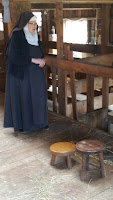 |
| Field trip to Shaw Island, Our Lady of the Rock dairy |
 |
| In our classroom, a beautiful cheese spread — for tasting |
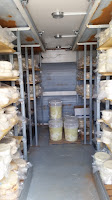 |
| At Rhonda Gothberg’s long-time goat dairy. Rhonda, a former nurse, is a master cheesemaker and a major force in Washington state for local creameries. |
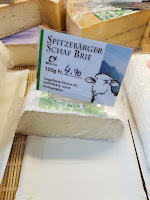 |
| Goat cheese, raw, in Switzerland |
 |
| The most rich, luscious cheese fondue, in Switzerland |
 |
| Also in Switzerland, a magnificent spread of raw milk, biodynamic cheeses, charcuterie, homemade jams, and heritage-grains breads |
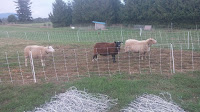 |
| At home, my sheep in their BB&B (Breeding Bed & Breakfast) — Socks on the left and Sugar on the right, a friend in the middle |
 |
| A beautiful round, after pressing with light weight |
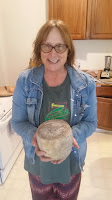 |
| An aging peccorino (referring to the cheese) |










What was the most exciting experience you had while in Switzerland?